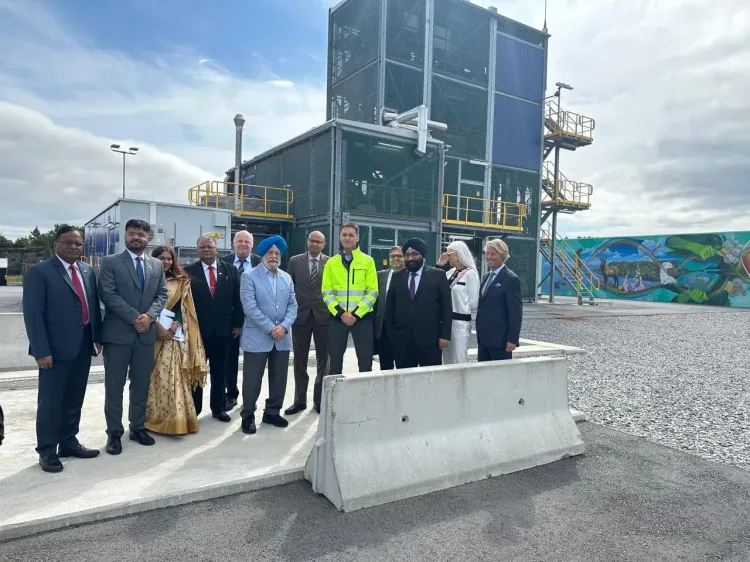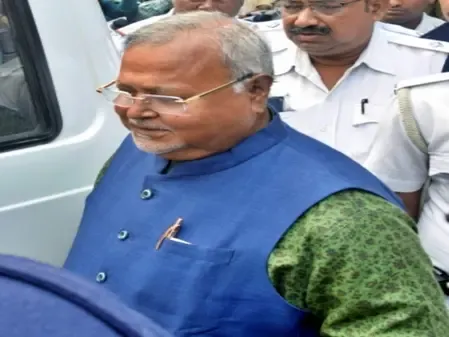Is Hardeep Puri Seeking Norwegian Expertise to Boost India’s Energy Sector?

Synopsis
Key Takeaways
- Hardeep Singh Puri is exploring Norwegian energy projects.
- Collaboration focuses on carbon capture and storage technologies.
- Norway's terminal can store 100 million tonnes of CO2.
- CCS is crucial for reducing greenhouse gas emissions.
- This initiative aligns with India’s energy transition goals.
New Delhi, July 7 (NationPress) Minister of Petroleum and Natural Gas Hardeep Singh Puri announced on Monday that the government is exploring various initiatives in Norway to leverage its expertise in enhancing and expanding India’s energy sectors.
"As part of our ongoing commitment to energize India’s drive for energy security under the guidance of Prime Minister Narendra Modi, I had the opportunity to visit the Northern Lights CO2 Terminal in Bergen, Norway. This facility is the largest carbon storage project supported by the Norwegian Government, in collaboration with Equinor, Shell, and Total Energies," stated Puri in a post on X.
"We are assessing this and comparable projects to enhance India’s energy capabilities. Norway’s proficiency in deepwater exploration, seismic oil assessments, offshore wind energy, and carbon capture and storage (CCS) technologies aligns seamlessly with India’s ambitious energy transition goals," he elaborated.
Puri emphasized that Norway's distinctive terminal in Bergen has the capacity to store up to 100 million tonnes of carbon dioxide. It features a flexible infrastructure that enables the transportation of CO2 from capture sites via ships to a receiving terminal in western Norway, where it is temporarily stored before being transported through pipelines for secure and permanent storage in a reservoir located 110 km offshore and 2,600 meters beneath the seabed.
Carbon capture and storage (CCS) technology plays a vital role in capturing carbon dioxide (CO2) emissions from industrial sources such as power plants and factories, allowing for its transportation and underground storage, thereby preventing atmospheric release. This method is essential in reducing greenhouse gas emissions and addressing climate change.
The CCS process involves isolating CO2 from other gases at the emission source, such as power plants or industrial sites. Various capture techniques are available, including post-combustion capture (removing CO2 from flue gas), pre-combustion capture (extracting CO2 before fuel combustion), and oxy-fuel combustion (burning fuel with pure oxygen).
The CO2 is generally compressed into a supercritical state (similar to a liquid) for transport via pipelines, vessels, or other means. It is subsequently injected deep underground into geological formations such as depleted oil and gas reservoirs, saline aquifers, or other appropriate rock formations.
These specific formations are selected to guarantee that CO2 remains securely trapped and separated from the atmosphere for extended durations.
CCS is a critical technology for combating climate change by ensuring CO2 does not enter the atmosphere. It can significantly aid in decarbonizing industries that generate considerable CO2 emissions, such as cement and steel manufacturing.









